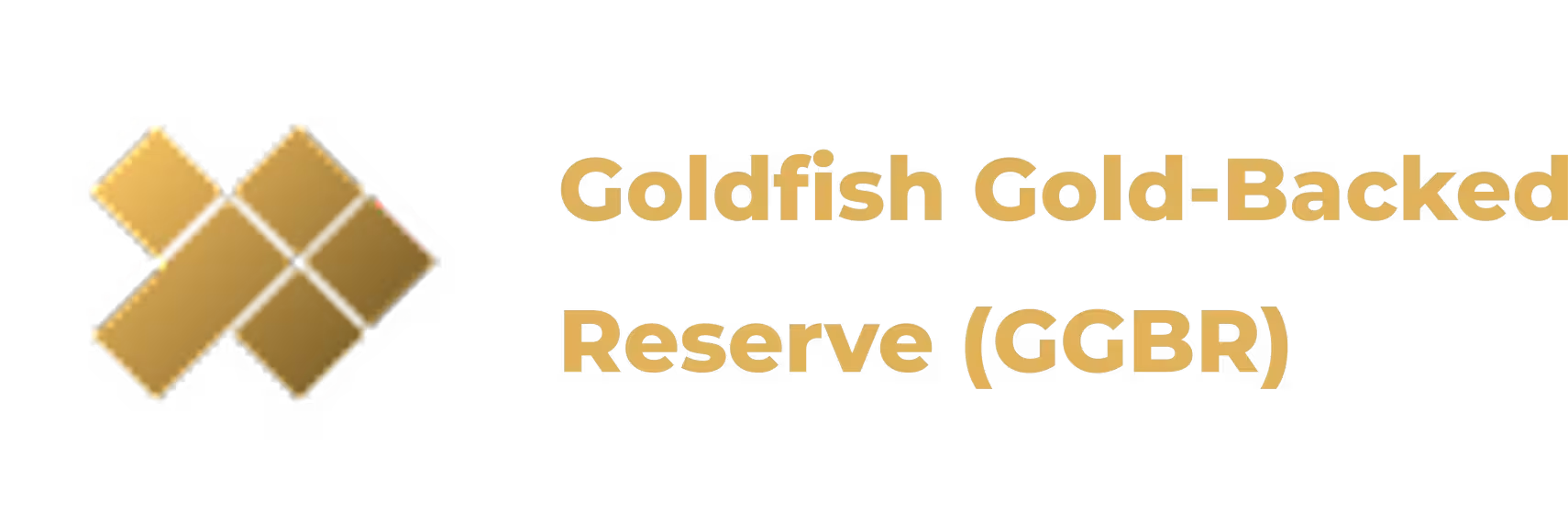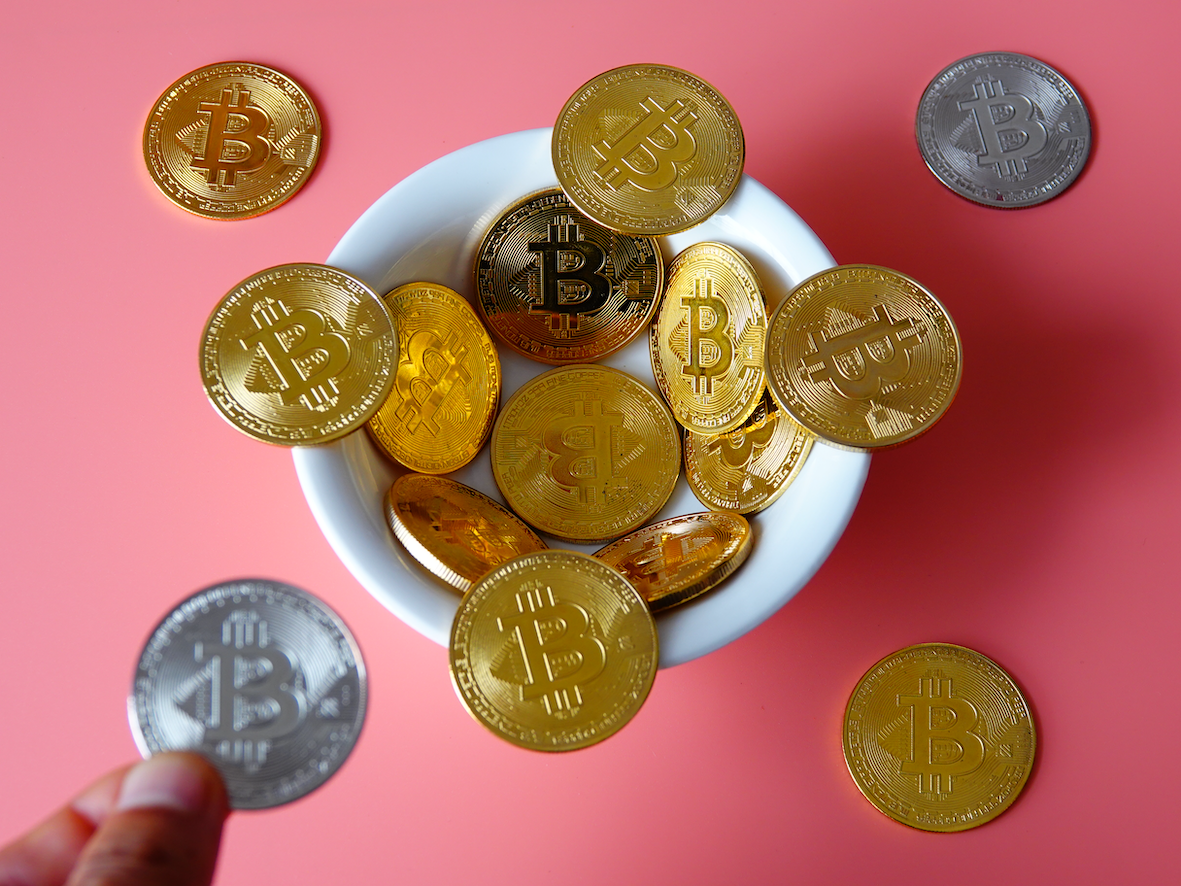Introduction: A Changing Global Financial Landscape
The global financial landscape is shifting at a pace not seen in decades. For much of modern history, the U.S. dollar has served as the central pillar of international trade, finance, and reserves. From oil transactions to cross-border settlements, the dollar has been the default currency. However, this dominance is no longer as secure as it once was. The world is moving toward a multipolar economy, where reliance on a single currency is increasingly seen as risky. At the same time, new technologies are reshaping how people and institutions think about money. Among these innovations, gold digital assets stand out as a unique bridge between tradition and modernity. Together, these two movements—de-dollarization and digital gold-backed instruments—may signal a major strategic realignment of global finance.
What Is De-dollarization and Why Does It Matter?
De-dollarization refers to the systematic reduction of reliance on the U.S. dollar in global trade and reserve management. For decades, countries depended on the dollar because of its stability, liquidity, and widespread acceptance. Yet, political, economic, and technological shifts have motivated many nations to reduce that dependence. The reasons are practical: by holding fewer dollars, countries can insulate themselves from U.S. sanctions, inflation risks, and the monetary policies of the Federal Reserve.
Countries like China, Russia, and Brazil are pioneering this transition. Instead of trading exclusively in dollars, they use local currencies or alternative assets to settle transactions. For central banks, this trend also includes increasing gold reserves, which provide a trusted store of value. De-dollarization matters because it impacts everything from global interest rates to commodity pricing, and it reshapes the balance of financial power.
Why the U.S. Dollar Is Facing Pressure in Today’s Economy
The U.S. dollar is still the world’s most widely used currency. Yet, its dominance is under strain due to multiple factors. Inflation in the U.S. reduces confidence in the dollar’s long-term purchasing power. Sanctions have weaponized the currency, creating mistrust among global partners who want independence from U.S. financial systems. Meanwhile, large economies are developing alternative systems, including regional payment platforms and new reserve agreements. Another factor is the diversification of global reserves. Central banks across Asia, the Middle East, and Africa are adding more gold and other assets. This reduces exposure to the dollar and spreads risk across multiple forms of value. The dollar remains strong, but the cracks in its dominance are becoming visible. As these cracks widen, the appeal of alternatives like gold digital assets grows stronger.
The Enduring Role of Gold in Global Finance and Reserves
Gold has played a central role in global finance for thousands of years. Unlike paper currencies, gold retains intrinsic value across cultures and eras. Even today, central banks and sovereign wealth funds turn to gold during times of economic volatility. It acts as a hedge against inflation, political instability, and systemic financial risks. But while gold is stable, it is also rigid. Transporting, storing, and dividing physical gold involves logistical challenges and significant costs. In the modern digital economy, speed and efficiency matter. This is where the innovation of gold digital assets transforms the traditional role of gold. They allow investors and institutions to access gold’s security while enjoying the flexibility of blockchain-based technology.
Understanding Gold Digital Assets and Their Growing Importance
Gold digital assets are blockchain-based tokens that represent real, verifiable gold reserves. Unlike cryptocurrencies that lack tangible backing, these tokens are secured by physical reserves confirmed by independent validation. For example, ION.au is backed 5:1 by NI 43-101 verified in-situ gold reserves, meaning every token corresponds to gold that has been geologically confirmed in the ground. This hybrid structure blends the historic trust of gold with the speed of blockchain systems. Transactions become faster, global transfers are simplified, and investors retain the peace of mind that their holdings are tied to something real. For individuals, this means they can move assets across borders more easily than with traditional bullion. For institutions, it offers a new way to diversify reserves without relying solely on fiat currencies.
How ION.au Signals a New Strategic Direction in Finance
ION.au is more than just another digital asset. It represents a fundamental evolution in how gold can be leveraged in the financial system. Each token is priced according to the LBMA PM gold price plus a 2% premium, ensuring it tracks a globally recognized benchmark. Investors know exactly how their tokens are valued, and the process is transparent. More importantly, ION.au is independently audited and over-collateralized, which means its reserves exceed the value of tokens issued. This structure solves one of the largest concerns in digital finance: trust. By using NI 43-101 verified reserves, ION.au demonstrates that it is not based on promises or speculation but on real, validated gold in the ground. This makes it a credible instrument for investors seeking security in an era of uncertainty.
Why De-dollarization Creates Demand for Gold Digital Assets
As nations shift away from the dollar, they need alternatives that combine stability with efficiency. Gold digital assets meet both needs. They are independent of U.S. monetary policy and provide the kind of transparency that global investors demand. For governments, these assets align with the strategy of diversifying reserves. For businesses, they simplify international trade without relying on dollar-dominated systems. For individuals, they create a new way to protect wealth from inflation and currency volatility. In short, de-dollarization and gold digital assets reinforce one another. One creates the need; the other provides the solution.
The Practical Benefits of Gold Digital Assets in Today’s Market
Gold digital assets bring multiple advantages to the modern financial system:
- Transparency and Trust: Independent audits and proof-of-reserve create confidence.
- Resilience and Stability: Gold’s historical role as a hedge makes these assets secure.
- Global Liquidity: Blockchain allows instant cross-border transfers without middlemen.
- Diversification and Independence: Investors gain exposure beyond dollar-based systems.
These benefits address both individual and institutional needs. They also reflect broader economic realities: a world where stability and efficiency matter as much as sovereignty.
Key Challenges for Gold Digital Assets and Their Future Growth
Despite their potential, gold digital assets face challenges. Regulatory frameworks are still evolving, and different countries have different stances on blockchain-based finance. Adoption also requires education. Many investors are familiar with physical gold but hesitant about digital alternatives. Additionally, fluctuations in gold prices influence token values, creating potential short-term volatility. Yet these challenges are not insurmountable. As regulations mature, trust will grow. As adoption increases, liquidity will expand. And as de-dollarization accelerates, the demand for gold digital assets is likely to outweigh these barriers.
A Strategic Shift Toward a Multipolar Financial Future
Taken together, de-dollarization and gold digital assets represent a major transformation. The dollar will not disappear overnight, but its global monopoly is fading. Alternatives are gaining ground. Gold digital assets like ION.au embody this transition by merging time-tested stability with cutting-edge technology. This shift does not just affect governments and banks. It impacts everyday investors, multinational corporations, and even cross-border trade. By integrating gold into the digital era, assets like ION.au create a pathway toward a more resilient, transparent, and diversified global economy.
Conclusion: The Path Ahead for De-dollarization and Gold Digital Assets
The world is at a turning point in how value is stored, measured, and transferred. De-dollarization reflects a strategic decision by nations to secure greater independence. Gold digital assets provide the tools to make that independence viable in a fast-moving, digital-first economy. As trust in traditional systems weakens, alternatives that combine gold’s enduring stability with blockchain’s efficiency will play a larger role. The shift may take years, but it is already underway. For investors and institutions alike, the message is clear: the future of finance will not rest on a single currency, but on a diverse set of assets where gold digital tools take center stage.



